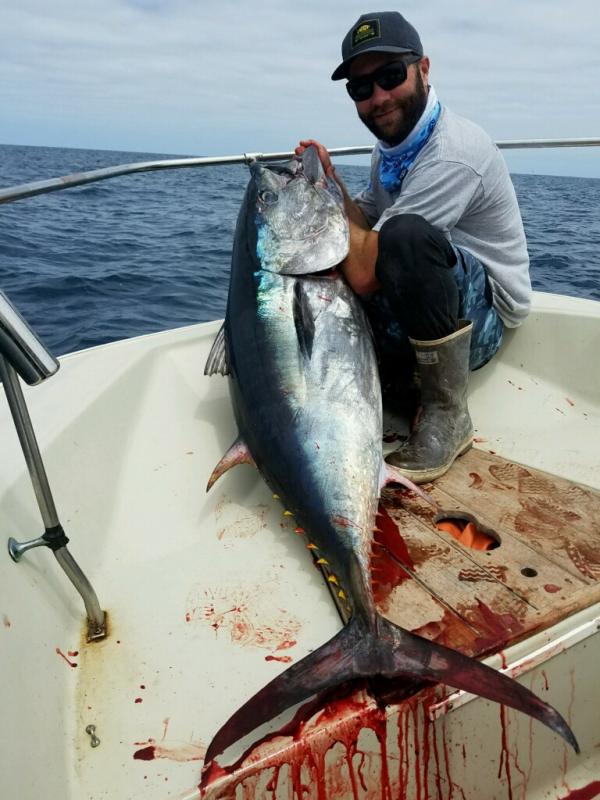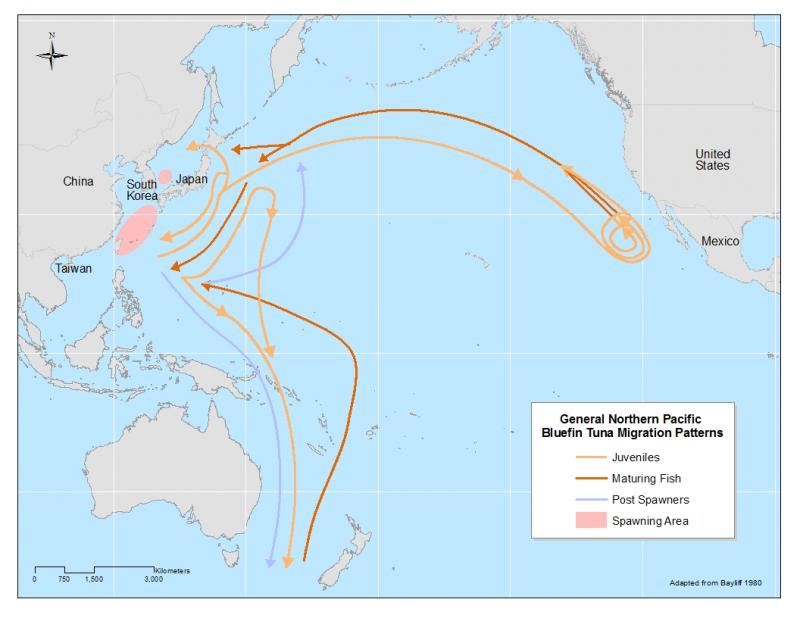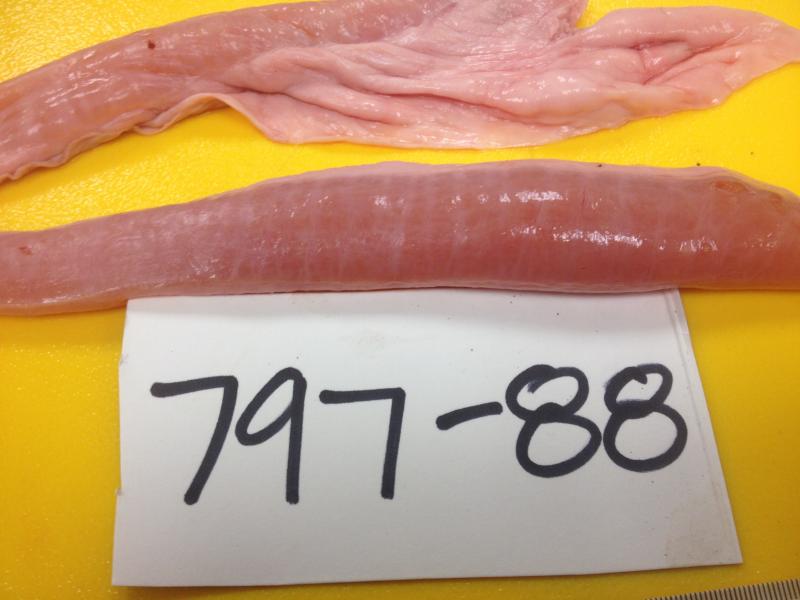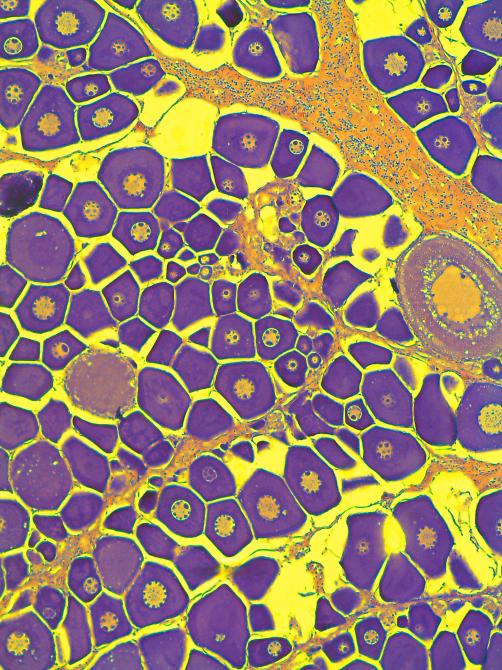Launched out of Mission Bay. Grabbed a great half scoop of sardines that lasted all day. Smooth seas and no wind for the first time I've been out all season! Had to make the call and go as the weather looks to turn for the worse later this week!
Started at the north 9. Worked up and down the bank from the inside to the outside. Water looked great with some of the paddies holding a lot of bait. Temps from 64.4 in the morning and then up to 67.3 by the time the sun got on it.
Tons of mola mola feeding on velella on top of the bank in the warmer water. Pretty cool to watch them slurp those things down.
Mowed the lawn on the 9 for 4 hours without any sign of tuna or yellowtail. They could have been there but were't showing on the surface. Great day on the water and given the conditions I wouldn't be surprised if those fish down south push up and onto the 9 any day now!
Headed back into La Jolla around 11. The water looked great all the way in with bird life, an elephant seal, and scattered kelps. Water in LJ has cleared up a bit since last weeks wind event. Spooked a yellow in 30 fathoms straight off the road hole. That was it for La Jolla.
Anyways, I have a feeling that the bluefin will be within kayak range again this year! One of you guys needs to land a fish over 100 lbs already! This is what they looked like last year


Also. if you guys do get into them please take a minute and think about donating your carcasses towards furthering our understanding of these magnificent fish.
The Highly Migratory Species research team at NOAA’s
Southwest Fisheries Science Center needs your help
collecting gonads (reproductive parts), stomachs, and
otoliths from locally-caught tuna. In recent years, large
(150-275 lb.) Pacific bluefin tuna (Thunnus orientalis)
frequented California. If history repeats itself in 2017,
we are asking for your help to collect samples from these
large fish.
It is generally accepted that Pacific bluefin tuna only
spawn in two regions in the western Pacific (right ). After
hatching, a portion of the young bluefin migrate to the
eastern Pacific Ocean to forage and grow. These
bluefin usually return to the western Pacific Ocean as
they approach sexual maturity at around 3-6 years old
(4-6 feet in length). However, in recent years fish that are
potentially old enough to be mature have remained in
the eastern Pacific for longer than usual, prompting new
research and questions. One of our main objectives is to
examine gonads from these fish to see if they are mature
and determine if they are spawning offshore of California.
While gonads collected so far have not exhibited
developed ovaries or any evidence of spawning, we need
more samples to be conclusive.
If you would like to share your bluefin tuna carcasses,
please keep samples on ice to preserve freshness and contact
us as soon as possible to arrange for timely pickup.
Any and all samples you provide will improve the quality
of our science!
call or email me:
owyn.snodgrass@noaa.gov
858-342-6372

Ovaries collected from a 168-pound immature female bluefin
caught in 2015. Thank you for donating this fish Ryan Lawler!
Looking at the stained ovaries under magnification we see the
undeveloped eggs in purple.


I work on bluefin research daily and need you help! Spread the word! If you don't fish for bluefin but have ftriends that do let them know!
We also do thresher shark biology work. Please see the flyer below
Southern California is a known pupping and nursery ground for the common thresher shark
(Alopias vulpinus) and large pregnant threshers are sometimes caught by recreational anglers.
The Southwest Fisheries Science Center conducts research on the reproductive biology of common
thresher sharks and is looking for samples from females 140 cm fork length (4.6 ft) or
larger, preferably pregnant. If you happen to keep a female common thresher, please provide a
section of backbone, the reproductive system as shown in the figures below, and if possible, the
whole head. If you are not sure what to remove, just include everything from the belly. Please keep
thresher samples on ice or as cold as possible.
thanks,
Owyn